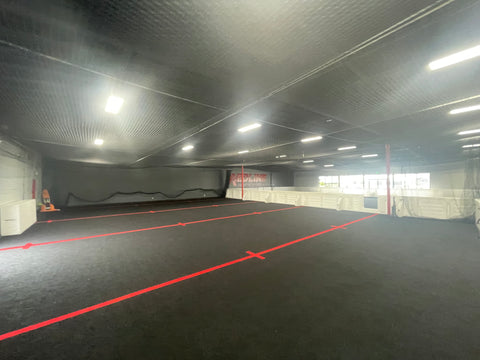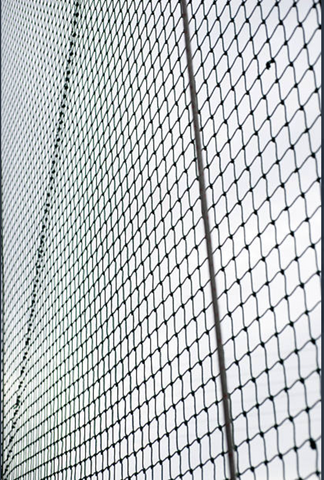
Introduction
When it comes to baseball and softball facilities, safety is paramount. Ensuring the safety of players, coaches, and spectators is a top priority. That's where netting comes into play, quite literally. Whether you're setting up a batting cage or constructing a backstop for your field, choosing the right type of netting is crucial. In this blog post, we'll explore the differences between batting cage netting and backstop netting to help you make an informed decision for your sports facility.
1. Purpose and Design
Batting cage netting serves a specific purpose: to protect players and onlookers from foul balls and wild pitches during batting practice. It's designed to be highly durable and capable of withstanding repeated impacts from baseballs or softballs. Typically, batting cage netting is hung vertically, forming an enclosed area where batters can safely practice their swings without the risk of stray balls causing harm.
2. Material
The material used for batting cage netting is typically a heavy-duty nylon or polyethylene blend. This material is designed to absorb the force of incoming balls and prevent them from rebounding dangerously. It's also treated to resist UV rays and weathering, ensuring longevity in outdoor environments.
3. Mesh Size
The mesh size of batting cage netting is smaller compared to backstop netting. This smaller mesh size helps to catch smaller objects, such as baseballs or softballs, effectively. Typically, you'll find mesh sizes in the range of 1-1/2" to 1-3/4" squares.
4. Durability
Due to its design and material, batting cage netting is highly durable and can withstand thousands of hits without significant wear and tear. This durability makes it a cost-effective choice for facilities with heavy daily usage.
Backstop Netting
1. Purpose and Design
Backstop netting serves a different purpose than batting cage netting. Its primary role is to protect spectators, property, and surrounding areas from home runs and foul balls hit during a game. Unlike batting cage netting, which is typically vertical, backstop netting is installed horizontally behind home plate and extends upwards to a specified height, creating a barrier to contain errant balls.
2. Material
Backstop netting is also constructed from durable materials, but the emphasis here is more on visibility and aesthetics. It's usually made from a knotless, high-tenacity polypropylene, which is designed to be nearly invisible from a distance, allowing spectators to enjoy an unobstructed view of the game.
3. Mesh Size
The mesh size of backstop netting is larger compared to batting cage netting, typically ranging from 1-3/4" to 2-1/2" squares. This larger mesh size ensures that the net doesn't obstruct the view while still providing adequate protection.
4. Durability
While backstop netting is built to withstand occasional impacts from home runs and foul balls, it is not designed to absorb repeated hits like batting cage netting. However, it should still be able to endure a full season of play without needing constant replacement.
Conclusion
In summary, the choice between batting cage netting and backstop netting depends on your specific needs. If you're setting up a practice area and require a net that can endure constant hits and protect players, coaches, and spectators during batting practice, batting cage netting is the way to go. On the other hand, if you need a net to protect your audience and property during games while maintaining visibility, backstop netting is the better choice.
Remember that both types of netting play critical roles in ensuring safety on the baseball or softball field, so investing in high-quality netting that meets your specific requirements is essential for the success and safety of your sports facility.


